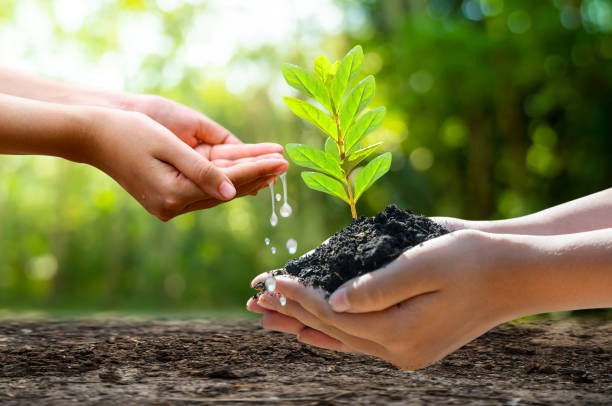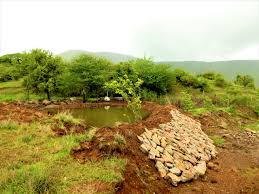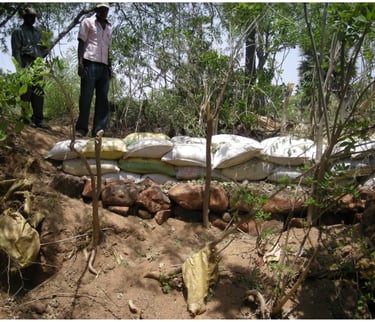Project Astitva






Preserving Nature, Protecting Our Existence
Project Astitva is a nature-led sustainability initiative by Impact Life Foundation, focused on the protection, restoration, and revival of natural ecosystems that form the foundation of human survival. The word “Astitva” means existence, signifying our deep connection to Earth — its forests, rivers, soil, air, and biodiversity.
In an era of climate change, environmental degradation, and ecological imbalance, Project Astitva works to promote community-led ecosystem conservation as an essential path toward environmental justice, livelihood resilience, and intergenerational sustainability.
Why Project Astitva:
The survival of humanity is deeply intertwined with the health of our natural ecosystems. Yet across India, forests are shrinking, water sources are depleting, biodiversity is under threat, and pollution levels are rising — all of which directly impact rural livelihoods, agriculture, and community well-being.
Marginalized and rural communities, especially those dependent on nature, are often the first to face the consequences of ecological degradation. Project Astitva was launched by Impact Life Foundation to address these urgent challenges by restoring balance between people and nature — and ensuring that the very existence (Astitva) of future generations is safeguarded.
Objectives
Restore and protect natural habitats including forests, rivers, wetlands, and commons
Promote eco-friendly practices in agriculture, waste management, and rural development
Raise awareness and action for climate change mitigation and adaptation
Foster biodiversity conservation through local participation and education
Strengthen community stewardship over land, water, and natural resources
Key Features of Project Astitva:
Community-Led Conservation
Mobilizes local communities to take ownership of natural resources through awareness, education, and action.Eco-Restoration Activities
Focuses on afforestation, native tree plantation, watershed development, and soil regeneration to restore ecological balance.Sustainable Agriculture Integration
Promotes organic farming, agroforestry, and permaculture to reduce environmental impact and support biodiversity.Climate Resilience Building
Implements nature-based solutions to mitigate climate risks like floods, droughts, and soil degradation.Waste & Water Management
Encourages decentralized waste segregation, composting, water conservation, and greywater recycling at the community level.Youth & School Eco Engagement
Builds environmental consciousness through eco-clubs, green campaigns, and nature education for children and youth.Green Livelihood Promotion
Supports eco-enterprises such as nursery management, herbal farming, and organic compost production for income and sustainability.Eco-Literacy & Capacity Building
Conducts workshops, training, and campaigns on climate action, biodiversity, and local environmental stewardship.Biodiversity Preservation
Focus on protecting pollinators, local seeds, flora, fauna, and wildlife corridors in rural and forest-fringe areas.Inclusive Participation
Ensures involvement of women, tribal groups, and vulnerable communities in ecosystem governance and benefit-sharing.
Impact Goal
To restore and protect vital natural ecosystems across rural India by empowering individuals and communities by 2030 through environmental education, sustainable practices, and participatory conservation — ensuring a resilient and harmonious coexistence between people and nature.
